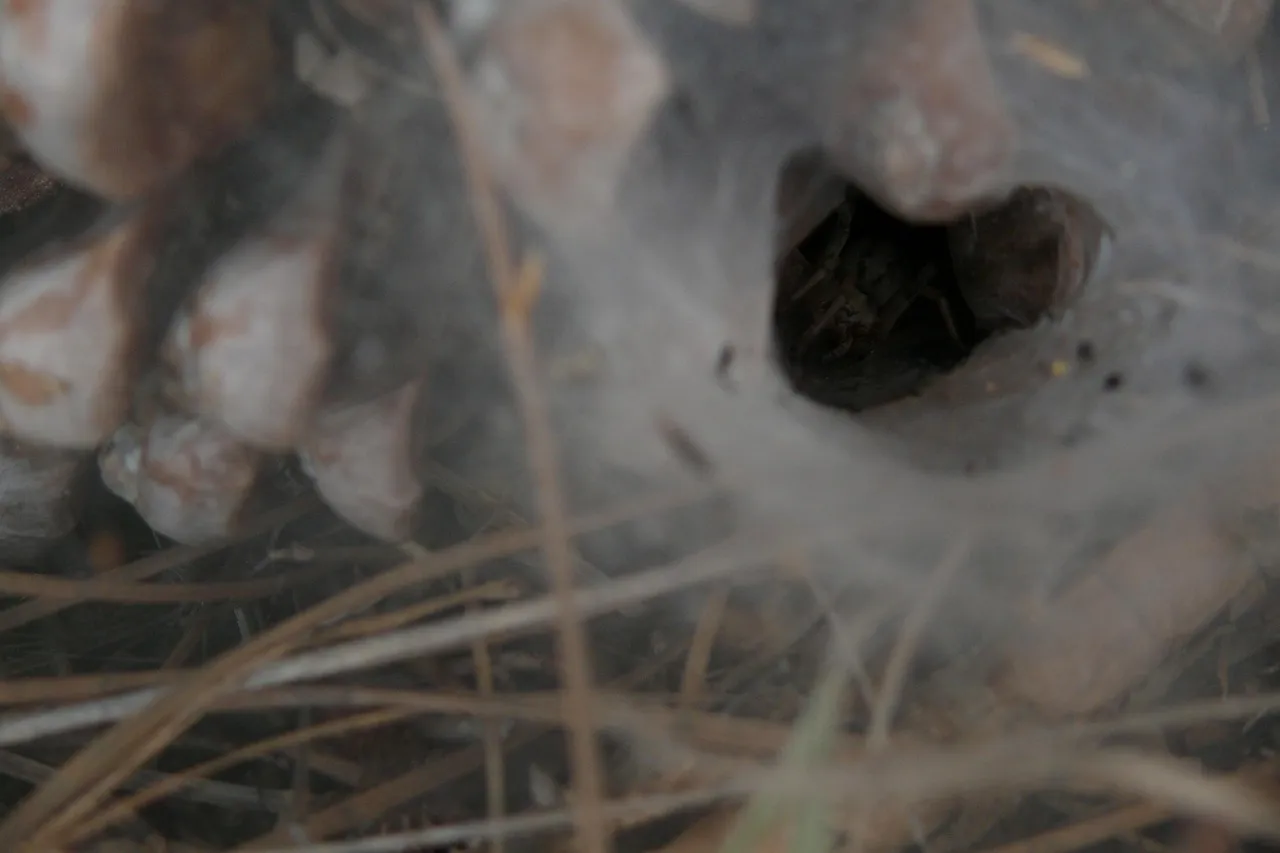The Fascinating World of Tarantula Spider Heads
Tarantulas, with their imposing size and captivating appearance, are a source of fascination and, for some, fear. One of the most intriguing aspects of these arachnids is their head, a marvel of natural engineering packed with sensory organs, feeding apparatus, and a complex nervous system. Unlike insects, tarantulas don’t have a distinct head, thorax, and abdomen. Instead, their cephalothorax, or prosoma, houses the head and the thorax, allowing for a concentrated center of operations. This article dives into 7 fascinating facts about the tarantula spider’s head, exploring its intricate features, adaptations, and the vital roles it plays in the tarantula’s survival. From their multiple eyes to their powerful chelicerae, the tarantula’s head is a testament to the evolutionary success of these remarkable creatures.
Sensory Organs The Eyes
Tarantulas typically possess eight eyes, arranged in two rows. While their eyesight isn’t as sharp as that of some other predators, their multiple eyes provide a wide field of view and the ability to detect movement. This is crucial for spotting prey and avoiding predators. The arrangement and specific function of the eyes can vary slightly between different species, but the basic structure remains the same. The eyes of a tarantula are relatively simple compared to the complex eyes of mammals, but they are highly effective for their needs.
Eye Structure and Function
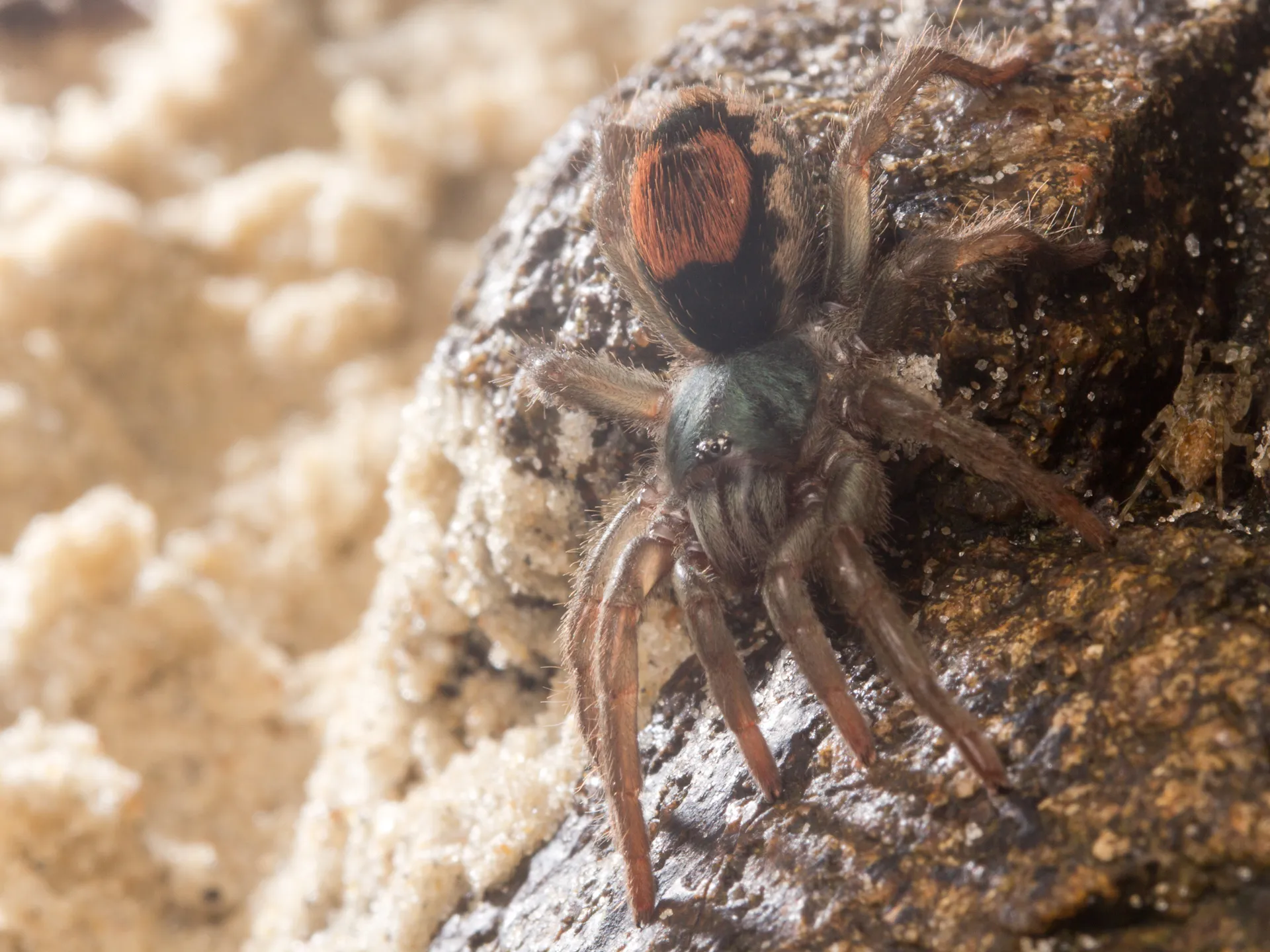
Each tarantula eye consists of a simple lens, a retina, and a pigment cup. The lens focuses light onto the retina, which contains light-sensitive cells. These cells transmit signals to the brain, allowing the tarantula to perceive its surroundings. The pigment cup helps to reduce the amount of scattered light, improving the clarity of the image. While they don’t see fine details, they are excellent at detecting changes in light and motion, which is vital for hunting and avoiding danger.
Types of Eyes
The eight eyes of a tarantula are not all the same. Typically, there are two main eyes (anterior median eyes) that provide the best vision, primarily used for detecting light and shadow, and six secondary eyes (anterior lateral, posterior lateral, posterior median) that are more sensitive to movement and changes in light intensity. The arrangement and type of eyes gives tarantulas a wide, panoramic view of their surroundings, helping them detect both prey and predators.
Sensory Organs Other Sensors
In addition to their eyes, tarantulas rely on other sensory organs located on their head to navigate and interact with their environment. These include sensory hairs called setae, which are sensitive to touch, vibrations, and air currents. These tiny hairs are located all over the tarantula’s body, including the head, providing a detailed understanding of their environment. They also possess slit sensilla, which are small slits in their exoskeleton that detect stress and strain, allowing them to perceive subtle changes in their environment.
The Role of the Chelicerae and Pedipalps

The head of a tarantula also features two key appendages: the chelicerae and the pedipalps. These structures are crucial for feeding, defense, and sensory input. The chelicerae are a pair of mouthparts located at the front of the head, used to grasp and crush prey. Pedipalps are used for a variety of functions, including sensing, manipulating food, and in males, for mating.
Chelicerae Function
The chelicerae are typically composed of two segments, the basal segment, and the fang. The basal segment is a strong, robust structure that provides the necessary force for grasping and crushing prey. The fangs are sharp, hollow structures that are used to inject venom into the prey. The size and shape of the chelicerae can vary depending on the tarantula species, but they are all powerful tools designed for capturing and subduing prey. The chelicerae play a vital role in the feeding process and are also used in defense.
Pedipalps Function
The pedipalps are located near the chelicerae and resemble small legs, although they are not used for walking. Instead, they have a variety of functions, including sensing, manipulating food, and mating. The pedipalps are covered in sensory hairs that provide the tarantula with information about its environment. In males, the pedipalps are also modified into specialized structures that are used to transfer sperm to the female during mating. The pedipalps are an important part of a tarantula’s sensory and feeding system.
Internal Anatomy The Brain and Nervous System
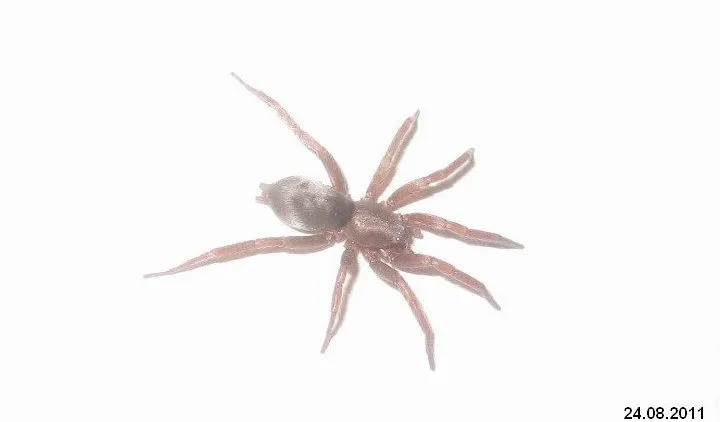
Within the head of the tarantula lies a complex nervous system, including a centralized brain. This brain controls a variety of functions, including sensory processing, movement, and feeding behavior. The brain is relatively simple compared to the brains of vertebrates but is highly effective in processing information from the tarantula’s sensory organs.
Brain Structure and Function
The tarantula’s brain is located in the cephalothorax, near the front of the head. It is composed of several ganglia, which are clusters of nerve cells. These ganglia are responsible for processing sensory information and coordinating movement. The brain integrates information from the eyes, setae, and other sensory organs to allow the tarantula to react to its environment. The brain also controls the release of venom and the movements of the chelicerae and pedipalps.
Nervous System and Sensory Processing
The nervous system of a tarantula extends throughout its body, with nerves connecting the brain to the various sensory organs and muscles. This network allows the tarantula to quickly respond to stimuli, such as the approach of prey or a threat. The processing of sensory information is crucial for the tarantula’s survival, enabling it to hunt effectively and avoid predators. The tarantula’s nervous system is designed to efficiently process sensory input and coordinate the appropriate responses.
Unique Adaptations of the Tarantula Spider Head
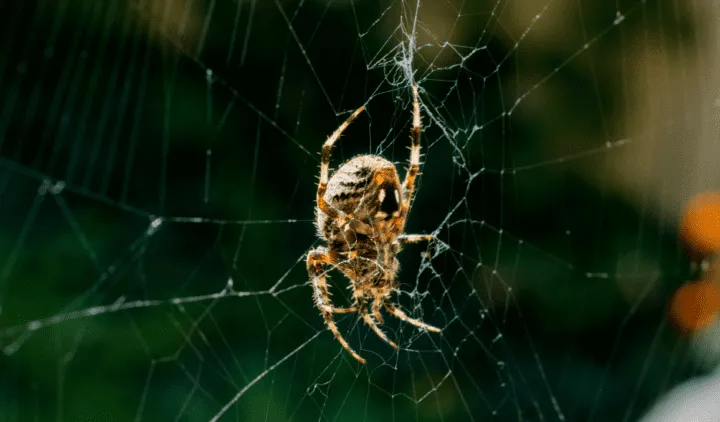
The tarantula spider head has evolved several unique adaptations that contribute to its survival in diverse environments. These adaptations are essential for feeding, defense, and overall survival. From specialized mouthparts to intricate sensory systems, tarantulas have developed remarkable features that make them successful predators.
Feeding Adaptations
Tarantulas are carnivorous predators, and their head features several adaptations for feeding. Their chelicerae, with their strong fangs, are designed to grasp and inject venom into their prey. The venom paralyzes or kills the prey, and the tarantula then uses enzymes to digest the prey externally. The pedipalps help manipulate food, and the mouthparts are adapted to ingest the liquid remains of the prey. These adaptations ensure tarantulas can effectively capture and consume their meals.
Molting Process
As tarantulas grow, they undergo a molting process where they shed their exoskeleton. The head plays a vital role in this process. Before molting, the tarantula’s new exoskeleton forms beneath the old one. The old exoskeleton splits open, and the tarantula wriggles out, leaving its old head and other body parts behind. The tarantula is vulnerable during this time, as the new exoskeleton is soft. Once the new exoskeleton hardens, the tarantula is ready to continue its life cycle.
Defensive Mechanisms
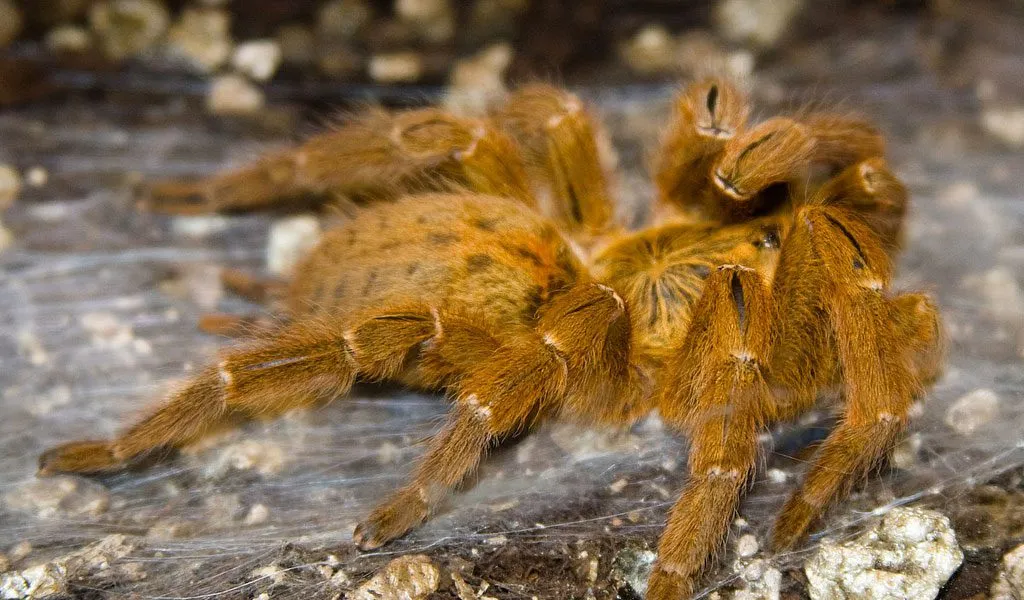
Tarantulas have several defensive mechanisms, some of which are related to their head. The chelicerae and fangs can be used to bite and inject venom, which can deter predators or subdue prey. Some species also possess urticating hairs on their abdomen, which can be flicked towards a threat, causing irritation. These defensive adaptations help protect the tarantula from harm.
Evolutionary Perspective
The tarantula spider head has evolved over millions of years, adapting to various environments and ecological niches. Understanding its evolutionary history provides insights into the tarantula’s remarkable adaptations and its success as a predator. The structure and function of the head have changed over time, providing increased chances of survival.
Origin and Development
Tarantulas belong to the Theraphosidae family, which originated during the Mesozoic Era. The early tarantulas likely resembled modern-day species but gradually developed specialized features, including the head adaptations that allow them to thrive. The development of the head structure is closely tied to changes in feeding strategies and the evolution of sensory systems. Fossil records help scientists track the evolutionary path of the tarantula.
Adaptation to Different Environments
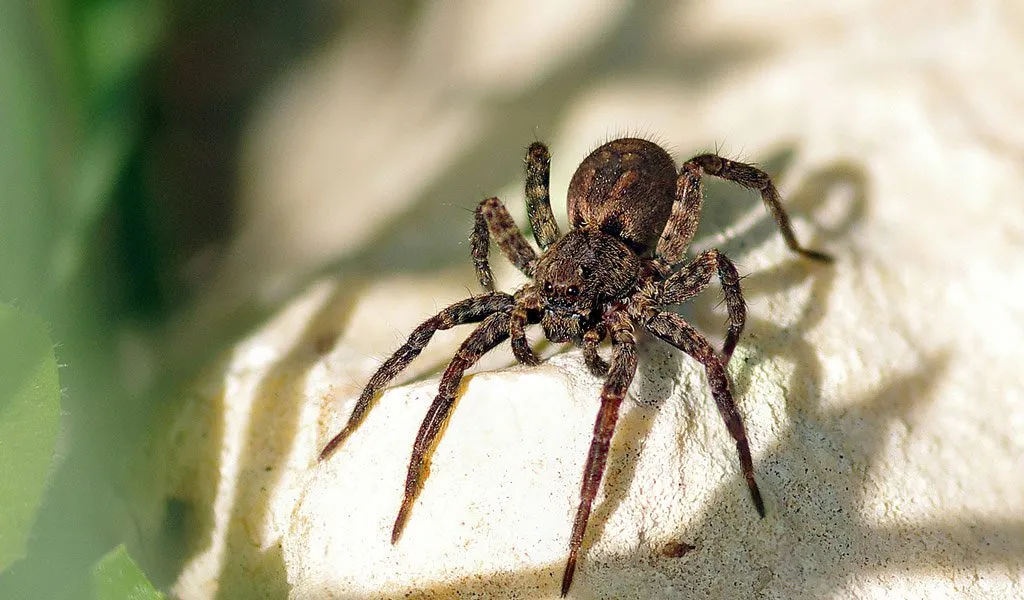
Tarantulas have adapted to diverse environments, from tropical rainforests to deserts. These adaptations are reflected in the structure of their head and sensory systems. For instance, desert-dwelling tarantulas have enhanced sensory abilities to detect vibrations and prey, while rainforest species might have adaptations for climbing and camouflage. The head structure allows tarantulas to successfully hunt and survive in a wide variety of habitats.
Conservation and Tarantulas
While tarantulas are not generally considered endangered, some species face threats from habitat loss, the pet trade, and climate change. Conservation efforts are essential to protect these fascinating creatures. Understanding the tarantula spider head and its role in the animal’s survival is crucial for informing conservation strategies. Preserving the habitats is a key step in securing the future of tarantula populations.
In conclusion, the tarantula spider’s head is a complex and fascinating structure that plays a crucial role in its survival. From its multiple eyes and sensory organs to its feeding apparatus and brain, the head is a testament to the evolutionary success of these remarkable creatures. By understanding the anatomy, adaptations, and evolution of the tarantula spider head, we can appreciate the intricacies of these amazing arachnids and contribute to their conservation. These spiders are marvels of the natural world.
